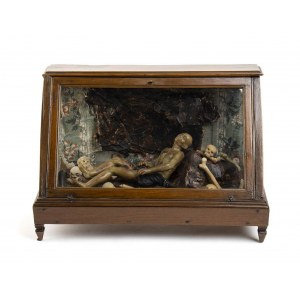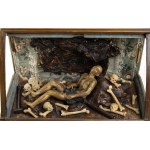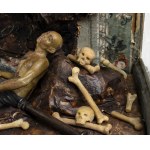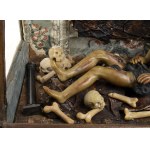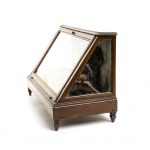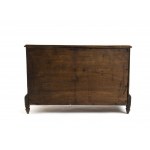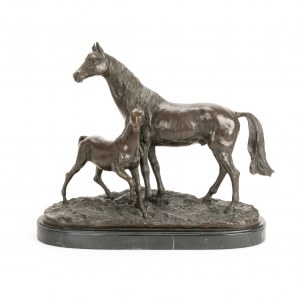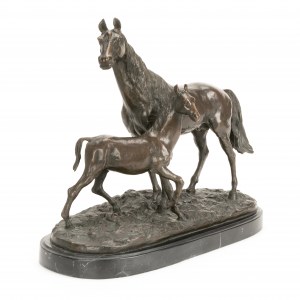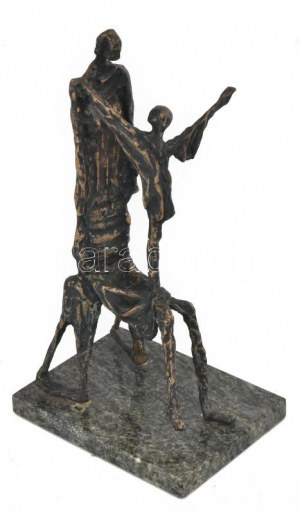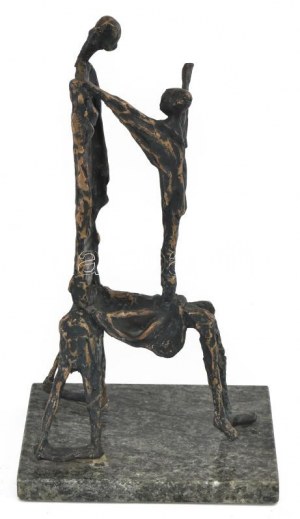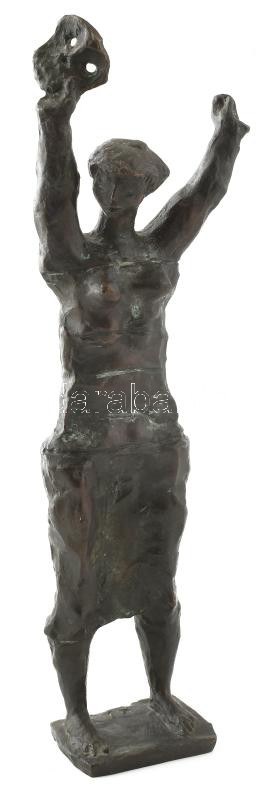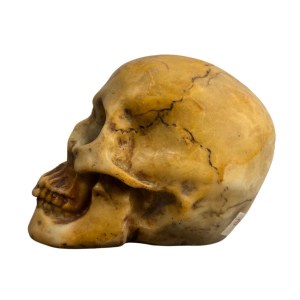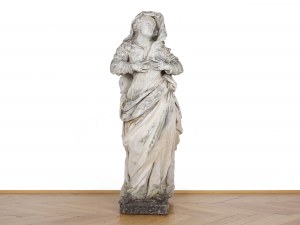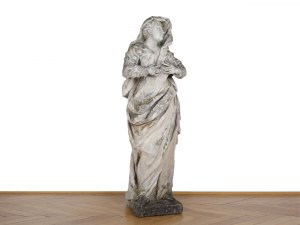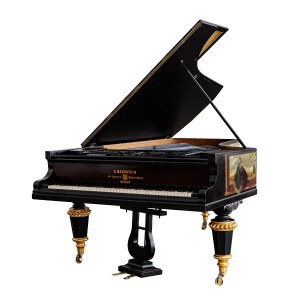Ceroplasty, wood and glass case.
Ceroplasty, or the ancient art of working with wax, has been used since antiquity in the funerary and devotional spheres, and later from the 17th century it was also widely used for the didactic reproduction of anatomical, zoological and botanical models. In the course of time, ceroplastics became famous for its representations especially in the anatomical field, thanks to artists such as Gaetano Giulio Zumbo (Syracuse 1656- Paris 1701).
With the passage of time and the refinement of techniques, four main strands were identified within ceroplastics: the hyperrealist strand, which mainly reproduced macabre scenes, and the vedutist strand, which produced suggestive views.
This artefact, like others of the 17th century, does not merely reproduce reality but offers a dramatic and grotesque vision of the transience of life. These representations, like other similar ones of his time, had "the function of exorcising the illness, pain and pestilence" that was rampant at the time; in fact, according to 17th-century thinking, surrounding oneself with these images distanced death itself. The shrine can probably be placed in the domain of Abbot Giulio Gaetano Zumbo.
The scene is set inside a trapezoidal wooden shrine with glass. The narrative is essential but rich in detail: a man lies semi-reclining in the centre, leaning on a rock with his head tilted back and his face marked by suffering. The body covered only by a drape in the lower abdomen, corrupted by decomposition, emerges in a disgusting scenario in which animals pounce on the putrescent flesh, scorpions and rats symbolically, according to seventeenth-century tradition, represent anguish, disgust and degradation. On the backdrop a wallpaper and drapery.
The scene is completed with skulls and bones; this juxtaposition is closely linked to the theme of the memento mori, a theme widely explored in the 17th century, in which the obsessive reflection on the transience of life and the transitory nature of fortune dominated, as in general terms, there was an awareness that man is alone and that his existence is precarious, brief, continually at the mercy of fate.
Wooden case:
Height x width x depth: 23 x 36 x 17 cm.
Item condition grading: **** good (slight faults).
Laatst bekeken
Log in om de kavellijst in te zien
Favorieten
Log in om de kavellijst in te zien



